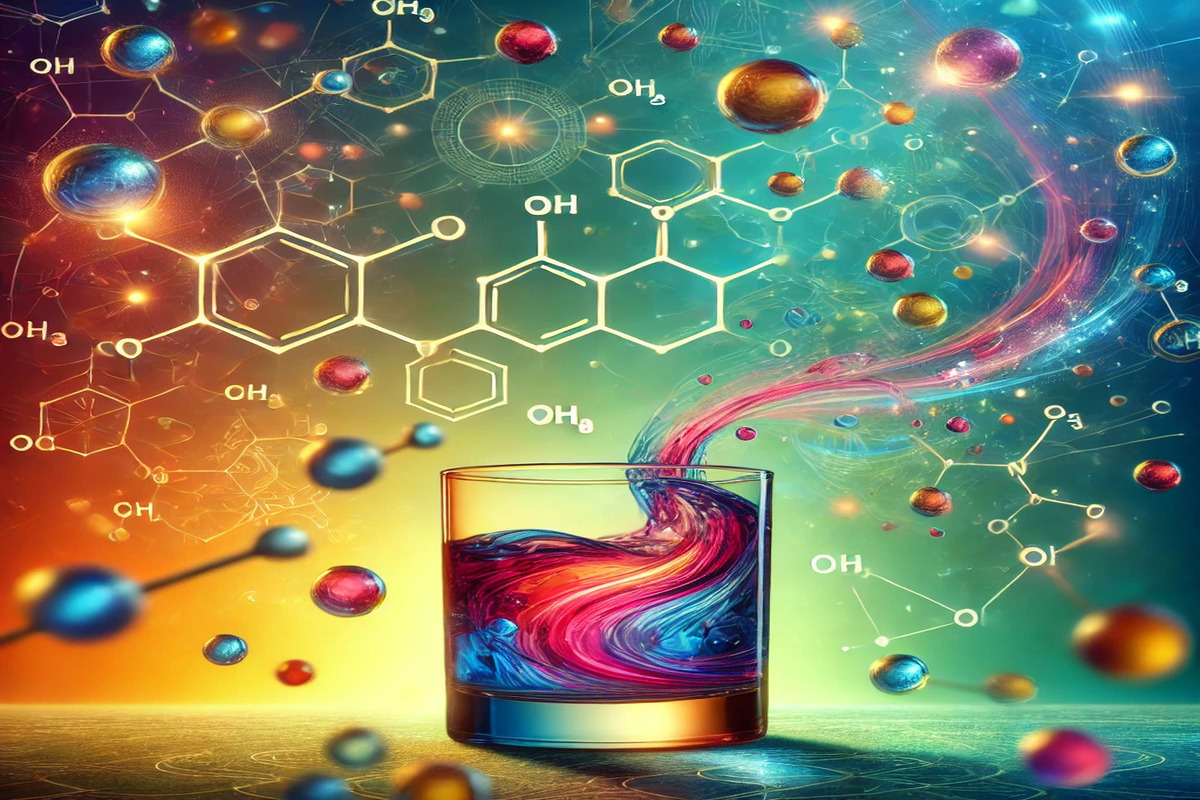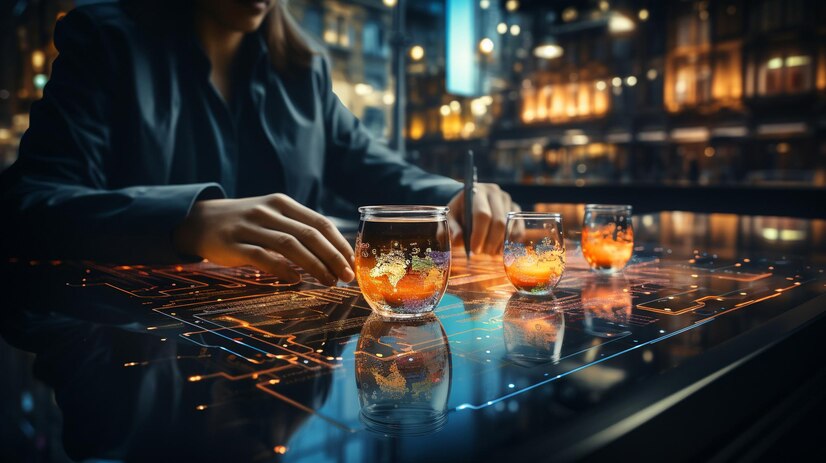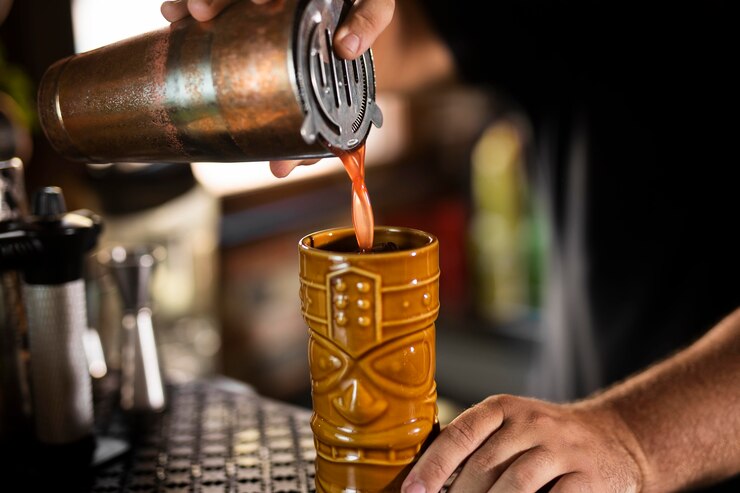The taste of a beverage is much more than just a sensation on the tongue—it’s a complex interplay of chemistry, biology, and sensory perception. Read More
Flavor compounds are the chemicals responsible for the distinct tastes and aromas of beverages. These compounds fall into several categories, including: In citrus juices like orange or lemon, flavor comes from a mix of volatile compounds like limonene, which gives citrus its characteristic aroma, and non-volatile compounds like citric acid, which imparts a sour taste. Takeaway: The complexity of flavor in beverages is due to the interaction of various chemical compounds that contribute to both taste and aroma. The pH level of a beverage plays a crucial role in determining its taste. pH measures the acidity or alkalinity of a liquid, which can significantly influence flavor perception: The acidity in coffee can influence its flavor profile, making it taste more vibrant and bright. Different roasting levels and brewing methods can affect the pH and, consequently, the taste of the coffee. Takeaway: pH levels are integral to flavor perception, with acidity and alkalinity influencing how we experience different tastes. Sweetness in beverages primarily comes from sugars and artificial sweeteners. Common sweeteners include: Soft drinks often use a combination of sucrose and high fructose corn syrup to achieve a consistent and intense sweetness. The specific formulation affects the overall flavor and mouthfeel. Takeaway: The type and concentration of sweeteners in a beverage affect its sweetness and overall taste experience. Bitterness in beverages is primarily caused by compounds like alkaloids and polyphenols. This taste is often associated with the presence of certain chemical substances: The bitterness in beer comes from hops, which contain alpha acids that impart a distinct bitter flavor. The balance between malt sweetness and hop bitterness is crucial in defining the beer’s taste profile. Takeaway: Bitterness is an essential component of flavor, adding complexity and balance to beverages. Mouthfeel refers to the physical sensations a beverage imparts in the mouth, influenced by its chemical composition. Key factors include: Carbonated sodas use carbonation to create a tingling sensation and enhance the overall drinking experience. The level of fizz can affect how refreshing the soda feels. Takeaway: The texture and mouthfeel of a beverage are influenced by its chemical components and additives, affecting how the drink is perceived. Aroma plays a significant role in flavor perception, as much of what we perceive as taste is actually derived from smell. Volatile compounds that contribute to aroma can greatly enhance or alter the overall flavor experience. The aroma of wine, derived from its complex bouquet of volatile compounds, significantly influences its flavor. The nose contributes to the overall experience of tasting wine, highlighting fruity, floral, or earthy notes. Takeaway: Aroma compounds are crucial in shaping the flavor experience, with a significant impact on how we perceive different beverages. The perception of flavor is a multisensory experience that combines taste, smell, texture, and even sound. The interaction between these senses can influence how flavors are experienced and enjoyed. In beverages paired with crispy snacks, the sound of crunching can enhance the perception of freshness and texture, making the overall experience more satisfying. Takeaway: Flavor perception is not limited to taste alone; it involves a combination of sensory inputs that create a holistic experience. The science of flavor is a fascinating interplay of chemistry, biology, and sensory perception. By understanding the chemical foundations of taste, the impact of pH levels, and the role of sweetness, bitterness, and aroma, we can gain a deeper appreciation for the complexity of beverages. Whether you’re a consumer seeking to enhance your tasting experience or a producer aiming to craft innovative drinks, the science of flavor provides valuable insights into creating and enjoying beverages. Embrace the chemistry behind your favorite drinks and explore the intricate world of flavors that make every sip a unique experience. 1. The Role of Flavor Compounds
Chemical Foundations of Flavor
Example: Citrus Juices
2. The Impact of pH Levels
pH and Taste Perception
Example: Coffee
3. Sweetness and Sugar Chemistry
Types of Sweeteners
Example: Soft Drinks
4. The Influence of Bitterness
Bitterness and Flavor
Example: Beer
5. Texture and Mouthfeel
Chemical Interactions and Mouthfeel
Example: Soda
6. The Role of Aroma in Flavor
Aroma and Flavor Perception
Example: Wine
7. Sensory Interactions
Multisensory Experience
Example: Crispy Foods
Final Thoughts




